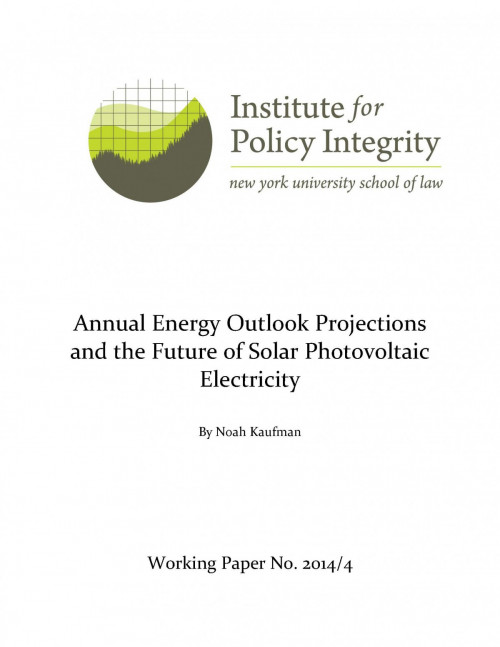The Economist recently declared that due to technological advancements in solar photovoltaic (PV) energy, soon “alternative energy will no longer be alternative.” But this transition to a solar energy future in the United States is rife with uncertainty. Will costs continue to fall at their recent pace? Can solar compete everywhere, or only when and where the sun shines brightest?
The lack of answers to these questions about the future of solar energy creates a problem for energy modelers. By their nature, models are built to reflect how a system currently works. Revolutionary changes are difficult to incorporate into models. However, proper policymaking requires accurate “baseline” energy forecasts. For example, the projected costs of retiring fossil fuel generating plants depend heavily on the ability of renewable sources like solar energy to take their places in the near future without causing large hikes in electricity prices.
The topic of this paper is the assumed growth of solar PV in current energy models, with a focus on information from Annual Energy Outlook (AEO) of the U.S. Energy Information Administration (EIA), which report results from the most widely used and influential energy model in the country. EIA resolves the difficulty of modeling solar energy into the future by assuming its current growth will not continue. However, EIA’s assumptions on the future costs of solar PV are highly pessimistic, and its methodology would appear to bias its “Reference Case” projections toward lower growth of solar energy. Sure enough, past AEOs have systematically underestimated the future growth of solar PV. Energy modelers therefore may need to adjust the AEO forecast in order to reflect a most likely baseline trajectory for solar PV.

